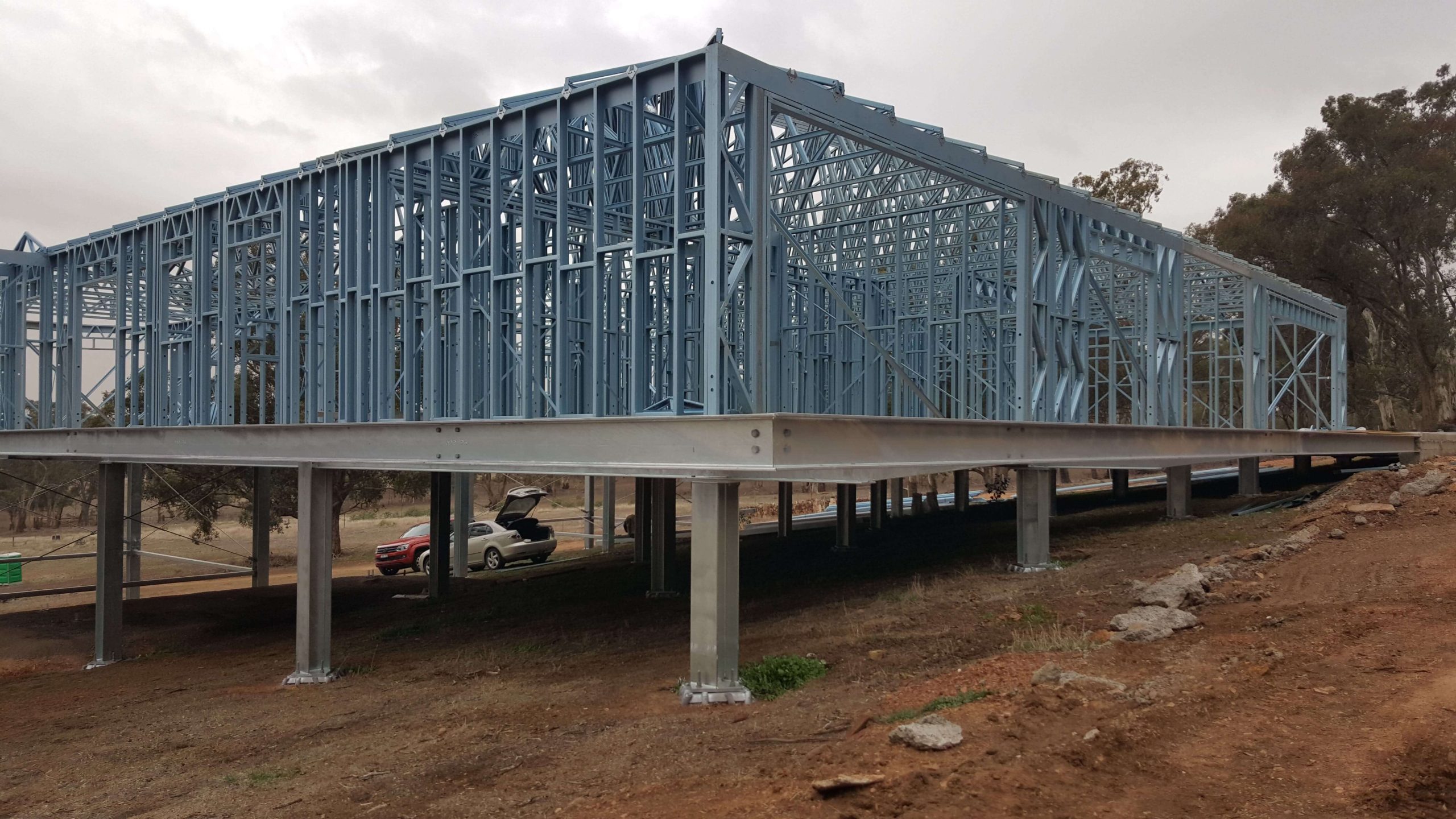Common Footing Design Mistakes to Avoid in Residential Construction
The foundation of your house, literally and figuratively, rests on its footing design. These concrete pads distribute the weight of the entire structure evenly into the ground. While they may not be the most glamorous part of your home, ensuring proper footing design is crucial for long-term stability and preventing costly repairs down the line. Here's a look at some common footing design mistakes to avoid:

-
Ignoring the Soil Survey:
Every house needs a solid foundation, but what constitutes "solid" depends on the soil beneath it. Skipping a soil survey before residential footing installation is a recipe for disaster. The survey identifies soil type, bearing capacity (how much weight it can support), and potential problems like expansive soils or high water tables. This information is vital for determining the proper footing depth, size, and reinforcement needed.
-
Footing Depth Faux Pas:
Footing depth is not a one-size-fits-all situation. Factors like local building codes, frost line depth (the minimum depth where the ground freezes), and soil conditions all influence the required depth. Footings placed too shallow risk cracking or movement due to frost heave or expansive soils. Conversely, excessively deep footings are a waste of money.
-
Cutting Corners on Reinforcement:
Footings are not simply concrete slabs. Steel rebar reinforcement strengthens the concrete and helps it distribute weight more effectively. Skimping on the amount or type of rebar specified in the design plans can lead to cracking and potential foundation failure.
-
Underestimating Drainage:
Water is the enemy of a strong foundation. Proper drainage around the footings ensures water doesn't pool and weaken the soil. This may involve installing drainage pipes around the foundation perimeter or grading the soil to direct water away from the house.
Partnering for a Strong Foundation:
By working with a qualified structural engineer or architect, you can ensure your home's footings are designed and built to last. They will consider all the factors mentioned above and create a footing plan specific to your site and building needs.
Your home's foundation is its strongest point. By avoiding these common footing design mistakes, you'll be investing in a safe and secure living space for years to come.

Comments
Post a Comment